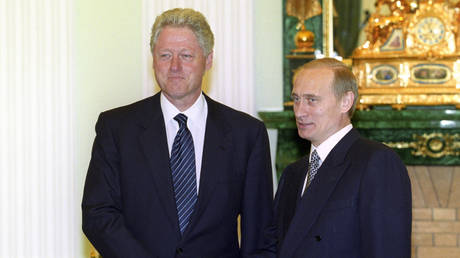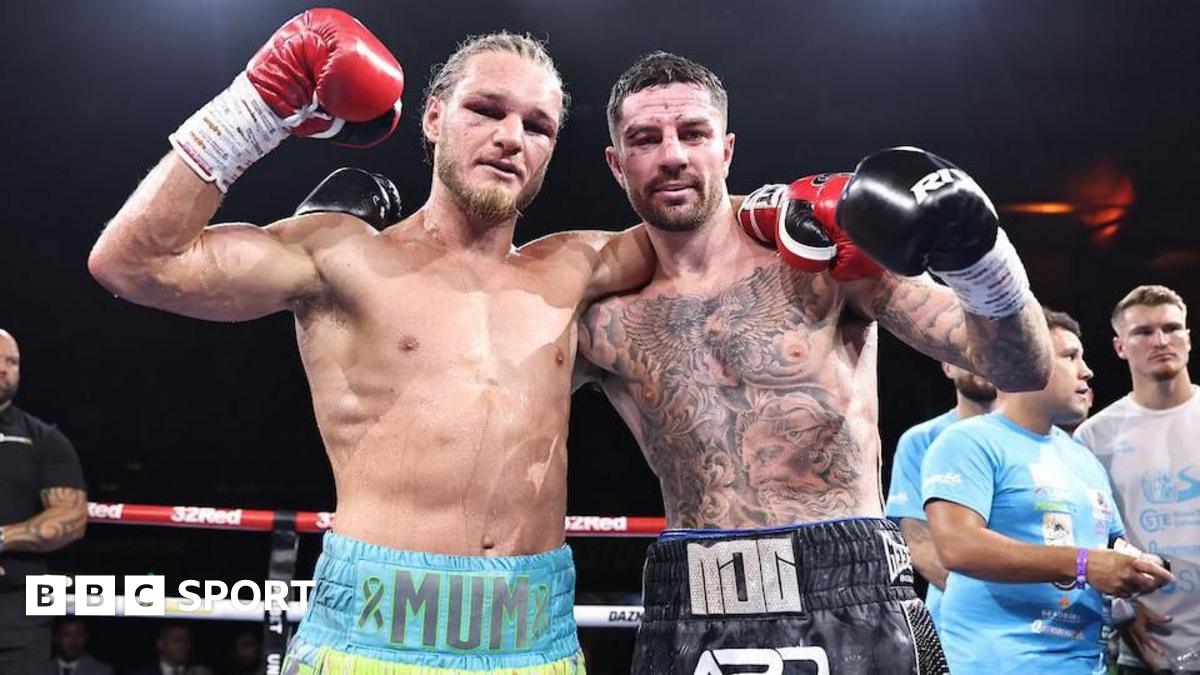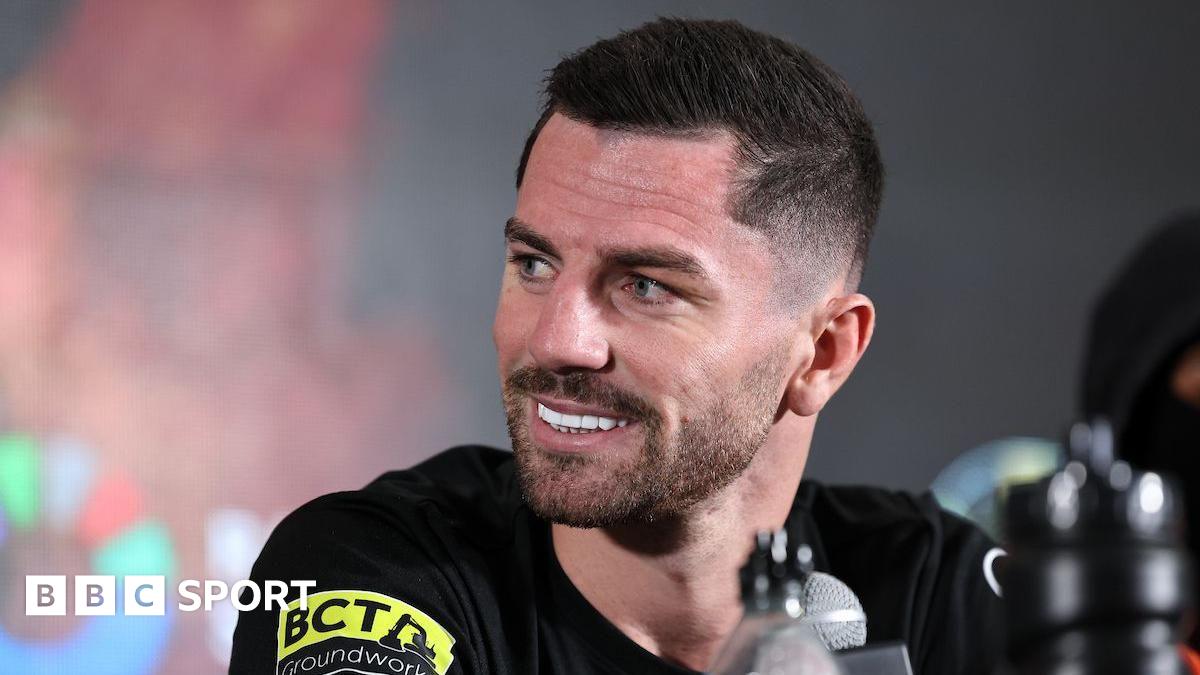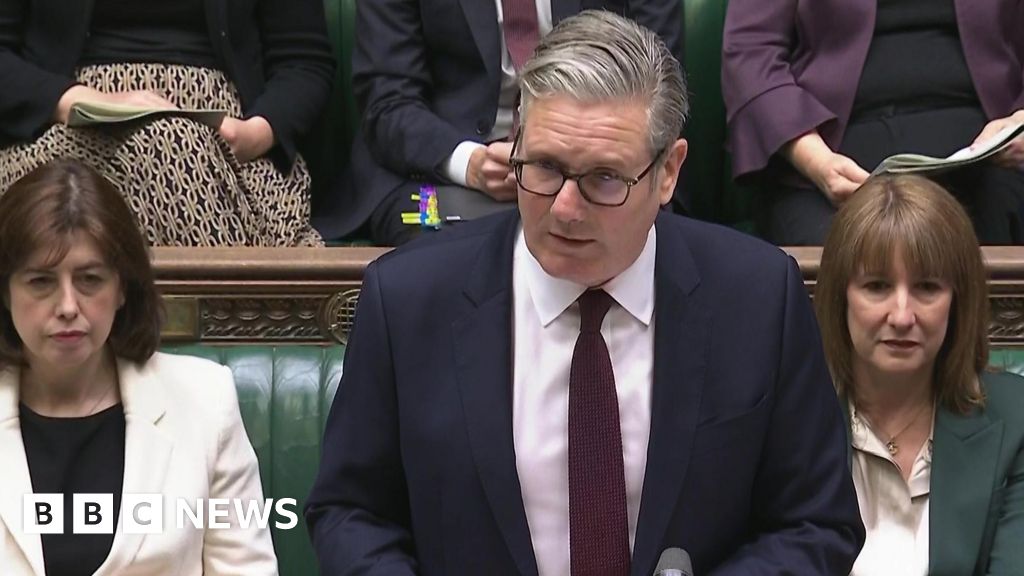5 Examples of Small Businesses That Made It Big

Small businesses often start with a simple idea, but some manage to achieve extraordinary success. For instance, Starbucks transformed from a coffee bean retailer into a global café brand, whereas YouTube has changed the terrain of video sharing entirely. Similarly, Ben & Jerry’s has carved out a niche with unique flavors and social activism. Spanx redefined women’s fashion with innovative shapewear, and Groupon turned daily deals into a billion-dollar industry. What strategies did these companies employ to achieve their remarkable growth?
Key Takeaways

- Starbucks transformed from a local coffee bean retailer in Seattle to a global café chain with over 35,000 locations.
- YouTube revolutionized video sharing, growing from a startup to a platform serving over a billion videos daily after its acquisition by Google.
- Ben & Jerry’s started in a gas station and became famous for unique flavors and social activism, with over 600 locations worldwide.
- Spanx, founded by Sara Blakely with just $5,000, redefined shapewear and reached a valuation exceeding $1 billion through innovation and endorsements.
- Groupon began as a fundraising platform, pivoted to daily deals, and achieved a $6 billion valuation, showcasing the power of adaptability in business.
Starbucks: From Coffee Beans to Global Brand

Since its founding in 1971, Starbucks has evolved from a small Seattle coffee bean retailer into a global coffeehouse phenomenon.
Initially focused on selling high-quality coffee beans, the company transformed under Howard Schultz’s leadership in 1987, adopting a café model that skyrocketed its locations from 20 to over 100 in just four years.
Today, with over 35,000 locations worldwide, Starbucks is one of the most popular small businesses turned global brands.
The company is famed for its specialty drinks, such as the Pumpkin Spice Latte, which has become a cultural icon.
Additionally, Starbucks prioritizes sustainability, emphasizing ethical coffee sourcing and waste reduction through initiatives like reusable cups, making it a model for small business investments in responsible practices.
YouTube: Revolutionizing Video Sharing

YouTube transformed the way we share and consume video content, fundamentally changing the scenery of digital media.
Founded in 2005 by Steve Chen, Chad Hurley, and Jawed Karim, YouTube initially focused on video hosting after pivoting from a failed video-dating site. The platform saw explosive growth, reaching 30,000 views daily by its first year and launching with eight billion views shortly after.
Google’s acquisition for $1.65 billion in stock in 2006 solidified its market dominance. Today, YouTube serves over a billion videos daily, creating small business investment opportunities for creators and entrepreneurs.
Many brands, from content creators to e-commerce sites, have emerged, showcasing the platform as an essential tool for the most common small businesses in the digital age.
Ben & Jerry’s: Scooping Up Success
In 1978, Ben & Jerry’s and Jerry Greenfield took a leap of faith by opening an ice cream shop in a converted gas station in Burlington, Vermont, after completing a $5 correspondence course on ice cream making. Their unique flavors, driven by Cohen’s limited sense of smell, set them apart.
They gained popularity through creative marketing strategies and a focus on social activism. Key factors in their success include:
- Innovative flavor combinations
- Strategic marketing campaigns
- Commitment to ethical sourcing
- Strong brand identity
Their success represents a great example for those exploring small business ideas for ladies or considering business investment opportunities.
Today, Ben & Jerry’s thrives with over 600 locations, continuing its commitment to sustainability and social justice initiatives.
Spanx: Shaping the Future of Fashion

Even though many entrepreneurs dream of launching a successful business, Sara Blakely turned her personal frustration into a groundbreaking venture when she founded Spanx in 2000.
With just $5,000 in savings, she created innovative shapewear that transformed traditional girdles into comfortable solutions for women. By utilizing word-of-mouth marketing, Spanx’s sales reached $4 million in its first year and soared to $10 million by the second year.
Oprah Winfrey’s endorsement further amplified the Oprah’s visibility, turning it into a money make money business.
Today, Spanx is valued at over $1 billion, showcasing how business ventures with low startup costs can lead to significant success. The brand is celebrated for its strong company culture and commitment to empowering women in the fashion industry.
Groupon: Turning Deals Into Success

After exploring how Spanx transformed the fashion industry, it’s interesting to look at another entrepreneurial success story that changed consumer behavior: Groupon. Founded in 2006 by Andrew Mason, this small company example started as a fundraising platform before pivoting to a daily deal model.
Groupon swiftly gained traction, reaching a $6 billion valuation by 2010 and turning down a buyout offer from Google. Here’s what made Groupon a standout:
- Offered significant discounts on local services
- Attracted millions of users quickly
- Went public in 2011, raising $700 million
- Continues to innovate in spite of competition
For those seeking upcoming businesses to invest in, Groupon remains a prominent platform for local deals and experiences, demonstrating resilience in a competitive market.
Frequently Asked Questions

What Is the Most Successful Small Business?
Determining the most successful small business can be subjective, but many consider factors like revenue, growth, and influence.
A strong contender is Spanx, which transformed shapewear with a mere $5,000 investment, achieving $4 million in sales in its first year.
On the other hand, Starbucks evolved from a local coffee bean seller into a global brand, reflecting how innovative business models and effective marketing can propel small enterprises to substantial success in competitive markets.
What Small Businesses Have the Best Success Rate?
Small businesses that focus on niche markets, offer unique products, or adapt to market demands tend to have the best success rates.
Companies that prioritize strong marketing strategies and cultivate a people-first culture often see improved customer loyalty and employee satisfaction.
These factors contribute greatly to their growth potential.
What Is an Example of a Small Business Company?
A small business you might consider is a local coffee shop. This type of establishment typically starts with a few thousand dollars in investment, focusing on quality products and personalized customer service.
Many coffee shops create a community atmosphere, attracting regular customers. They often differentiate themselves through unique blends or specialty drinks, leveraging social media for marketing.
Over time, successful coffee shops can expand to multiple locations, increasing their market presence and profitability.
What Small Business Makes a Lot of Profit?
A small business that makes a lot of profit often leverages unique offerings or innovative practices.
For instance, companies like TOMS Shoes exemplify profitability through their socially conscious models, whereas others, like Spanx, thrive on clever marketing and product innovation.
Furthermore, businesses that embrace e-commerce, such as those selling niche products online, can achieve significant revenues by reaching broader audiences and adapting to consumer trends effectively.
Focus on quality and customer engagement for success.
Conclusion

In conclusion, these five small businesses—Starbucks, YouTube, Ben & Jerry’s, Spanx, and Groupon—illustrate how innovative thinking and strategic adaptations can lead to significant success. Each company started with a unique idea and, through creativity and perseverance, transformed their respective industries. By comprehending their paths, aspiring entrepreneurs can glean valuable insights into the importance of innovation, market responsiveness, and social engagement, which are essential for thriving in today’s competitive business environment.
Image Via Envato
This article, "5 Examples of Small Businesses That Made It Big" was first published on Small Business Trends
What's Your Reaction?
 Like
0
Like
0
 Dislike
0
Dislike
0
 Love
0
Love
0
 Funny
0
Funny
0
 Angry
0
Angry
0
 Sad
0
Sad
0
 Wow
0
Wow
0






























































































